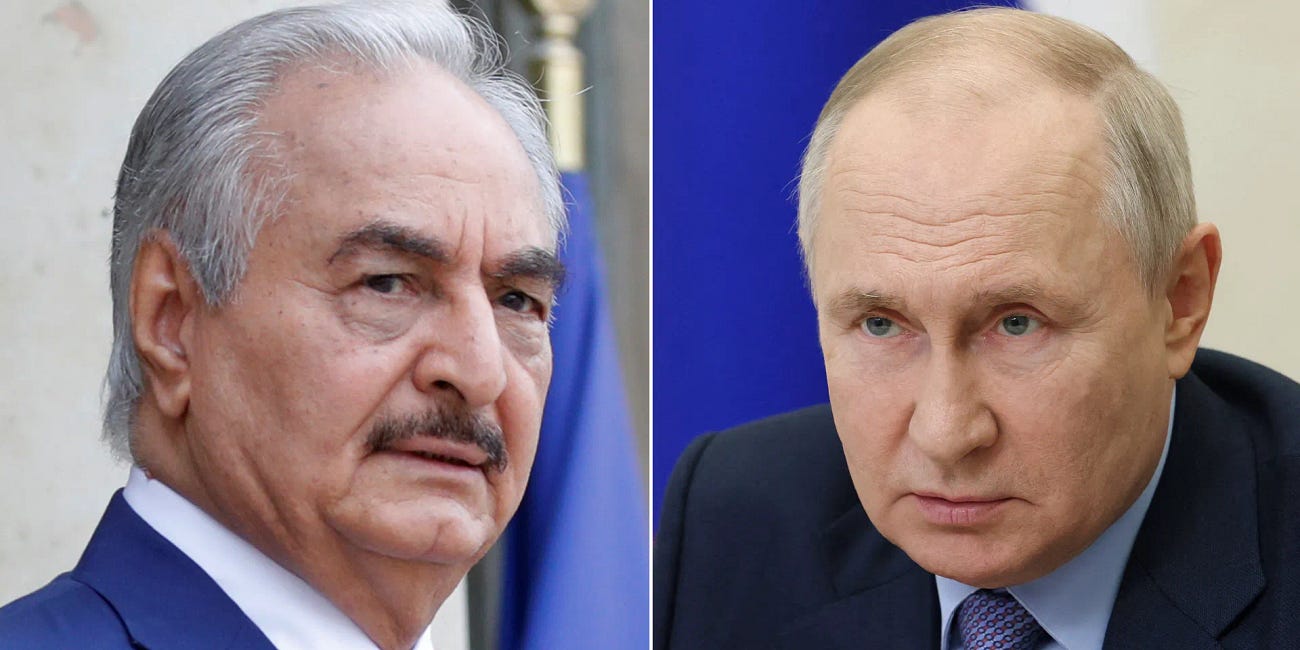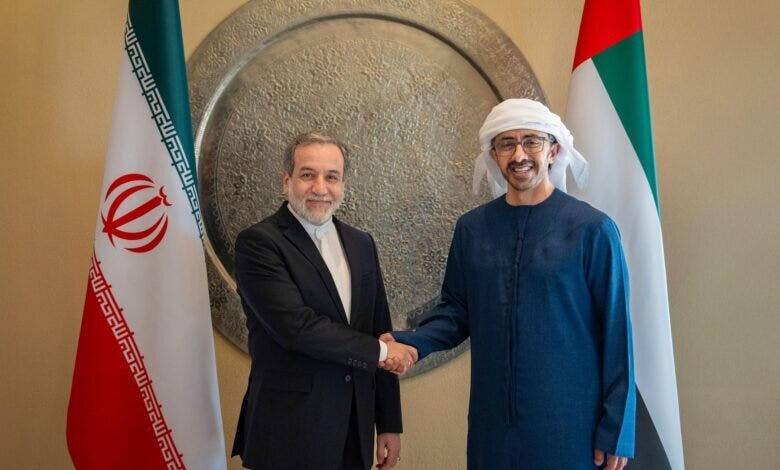Russia in MENA: "Russian Recalibration: The Implications of Assad’s Fall for Libya"; "Assad Fall and the Russo-Iranian Economic Counter to IMEC"
Russia's fall out with MENA.
In this bi-weekly newsletter, we explore the spillovers to Russia from Assad’s ousting in the broader MENA region. In Libya, the Haftar-Assad axis is falling, and Russia may need to recalibrate its strategy. In Iran, Russia is striving to offset the advances of the IMEC by strengthening its strategic partnership with Tehran.
Russian Recalibration: The Implications of Assad’s Fall for Libya
In the aftermath of former Syrian President Bashar Assad's ousting, Russia wasted no time in its military disengagement from Syria, redirecting its assets –troops, arms, and advanced weapons systems– to Libya. The North African country is critical to Russia's interests, particularly in terms of energy resources and its strategic positioning vis-à-vis Europe. Both Syria and Libya saw extensive Russian engagement aimed at advancing Russia’s broader interests in the Sahel region. With Assad's fall, an intensified Russian focus on Libya could reshape the geopolitical landscape by uniting regional powers seeking to preserve regime stability against Western interests. This alignment may lead to increased proxy conflicts in Libya over energy and strategic trade routes, potentially reshaping global energy dynamics.
The Russo-Iranian Economic Counter to IMEC
Deputy Prime Minister of Russia, Vitaly Savelyev, visited Tehran on 23 December to discuss the completion of the Rasht-Astara section of the Astara–Rasht–Qazvin railway. This project is a key component of the International North-South Transport Corridor (INSTC), which aims to connect Iran, India, and Russia. In addition to discussions on the railway, Ru…





